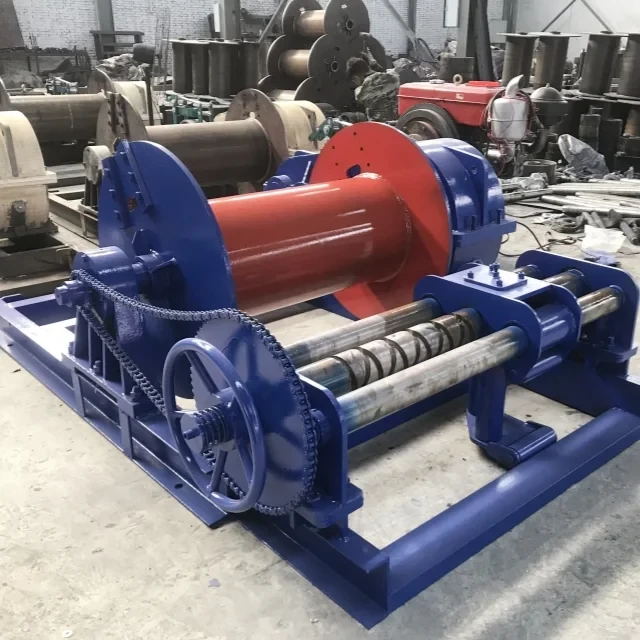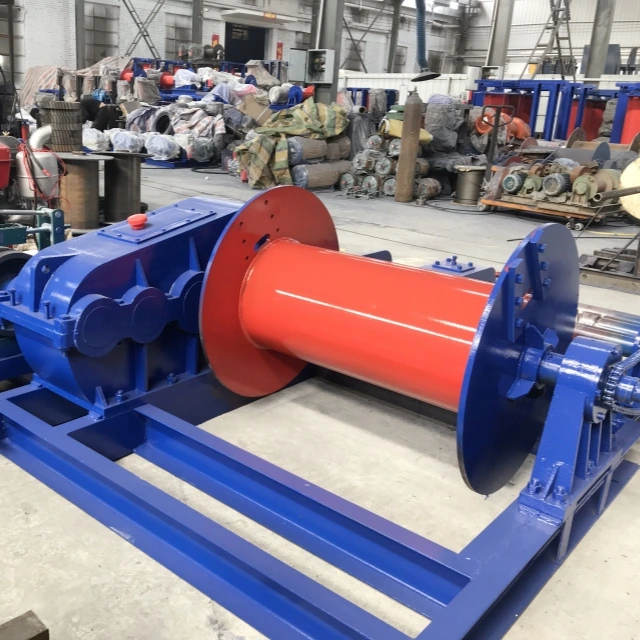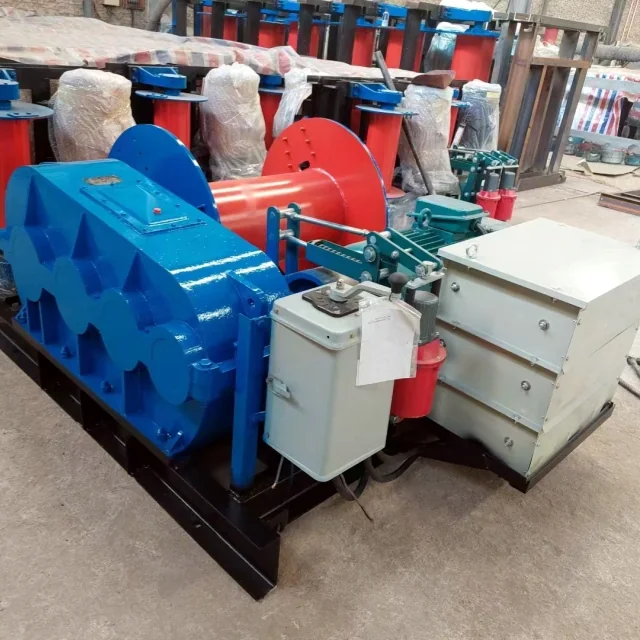When selecting a chain hoist for industrial use, understanding how each component influences performance isn't just technical nitpicking—it’s the difference between seamless operations and costly downtime. This guide breaks down the critical roles of driving devices, brake systems, and load mechanisms, pairing engineering insights with real-world industrial demands.
Chain Hoist Components and Their Functional Roles
How the Driving Device Powers Load Movement
The driving device (typically an electric motor or manual gear system) converts energy into mechanical motion. In high-frequency industrial environments, three factors determine efficiency:
- Torque Output: Dictates the hoist’s ability to handle abrupt load changes.
- Heat Dissipation: Prolonged use requires motors with thermal protection to prevent burnout.
- Speed Control: Variable frequency drives (VFDs) enable precise load positioning—critical in assembly lines.
Ever wondered why some hoists struggle with repetitive tasks? Inadequate motor sizing often leads to premature wear.
Brake Systems: Ensuring Safety in Heavy Load Scenarios
Chain hoists rely on two primary brake types:
- Load-Sensitive Brakes: Automatically engage when power cuts off, using mechanical ratchets (as referenced in the clutch-and-cog mechanism). Ideal for vertical lifts where sudden drops risk catastrophic failure.
- Manual Brakes: Require operator intervention but offer finer control during gradual lowering—common in construction scenarios.
Key Insight: Secondary braking systems (e.g., disc brakes) add redundancy for overhead lifting, aligning with OSHA safety protocols.
Matching Components to Industrial Requirements
Transmission Efficiency in High-Frequency Operations
Industries like automotive manufacturing demand hoists that endure 500+ daily cycles. Here’s how component selection impacts longevity:
- Gear Material: Alloy steel gears outperform cast iron in abrasive environments.
- Lubrication: Synthetic oils reduce friction in continuous-duty hoists by up to 30% versus mineral oils.
Think of transmission systems as the hoist’s "heartbeat"—irregular maintenance leads to arrhythmia in workflow.
Hook and Winding Mechanisms: Durability vs. Precision
- Forged Hooks: Handle shock loads (e.g., steel mills) but add weight.
- Precision Winding Drums: Minimize chain overlap, reducing wear in repetitive pick-and-place tasks.
Case in point: A paper mill using galvanized hooks saw a 40% reduction in corrosion-related replacements compared to standard models.
Case Studies: Component Failures and Successes
Failure: Overlooking Brake Compatibility
A warehouse using load-sensitive brakes for horizontal conveyor adjustments experienced excessive ratchet wear. Solution: Switching to manual brakes reduced maintenance costs by 22%.
Success: Right-Sized Motors for Energy Savings
An aerospace manufacturer replaced 5 HP motors with 3 HP VFD-equipped units, cutting energy use by 18% without sacrificing lift capacity.
Key Takeaways for Industrial Buyers
- Prioritize Safety: Opt for hoists with dual braking if loads exceed 80% of capacity.
- Match Components to Use Case: High-cycle operations need hardened gears and synthetic lubrication.
- Proactive Maintenance: Inspect hooks and brakes biweekly in corrosive environments.
For operations requiring rugged reliability, explore Garlway’s winch systems, engineered for industrial endurance without compromising safety.
Final Thought: Like a symphony’s instruments, each hoist component must harmonize—choose wisely, and your productivity hits all the right notes.
Related Products
- Electric Hoist Winch Boat Anchor Windlass for Marine Applications
- Ready Mixer Machine for Construction Ready Mix Machinery
- Shaft Mixer Machine for Cement and Regular Concrete Mixing
- Commercial Construction Mixer Machine for Soil Cement Mixing Concrete
- Electric 120V Boat Winch by Badlands
Related Articles
- How to Choose and Optimize a Winch for Any Job: Power, Capacity, and Environment
- How Boat Anchor Winches Prevent Injuries and Enhance Marine Safety
- How Proper Lubrication Checks Prevent Electric Hoist Failures and Boost Efficiency
- Why Boat Anchor Winches Earn "Best Accessory" Status: A Deep Dive into User Satisfaction Drivers
- How to Choose Temperature-Optimized Lubricants for Electric Hoists: A Practical Guide







